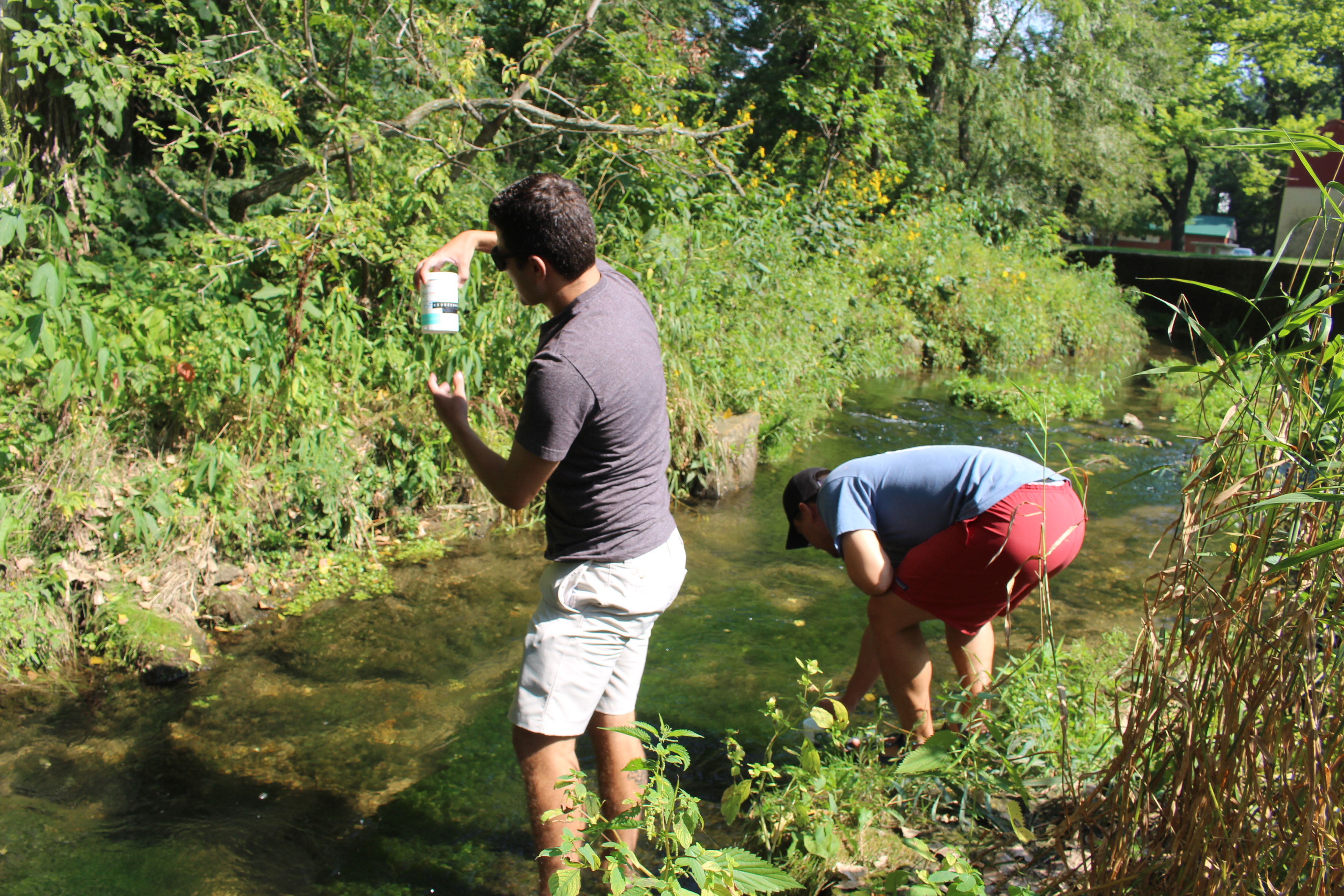Maquoketa River Watershed Management Plan – Phase 2
As part of their capstone project, second-year graduate students from the School of Planning & Public Affairs developed a second phase of a watershed management plan for the Maquoketa River Watershed. This phase focused on prioritizing subwatersheds for site-specific interventions.
Background
An effective path toward cleaner water and flood management in Iowa includes a strong emphasis on a watershed approach, which considers the entire area of land that drains into a body of water, such as river or lake. A watershed approach incorporates both technical data and robust stakeholder participation, so that policies and actions are realistic and data-driven.
Watersheds are not confined to traditional jurisdictional boundaries, and to accomplish local watershed-based planning, many cities, counties, and soil & water conservation districts have formed Watershed Management Authorities (WMAs) through voluntary, intergovernmental agreements. The first WMA in Iowa formed in 2012, and today, there are more than 20 WMAs recognized by the state of Iowa (Iowa Water Center).
The Maquoketa River in Eastern Iowa has a watershed that spans seven counties, including large portions of Delaware, Dubuque, Jones, and Jackson Counties, and smaller portions of Fayette, Clayton, and Buchanan Counties. While efforts to improve water quality and promote best management practices in this watershed have been happening for quite some time, the Maquoketa River Watershed Management Authority (MRWMA) is a relatively new regional and intergovernmental organization. With 35 jurisdictions having joined the agreement, the Maquoketa River WMA exists to reduce flood risks and improve water quality. One way that they’ve had success in educating the public about the importance of the watershed is through recreational water uses, such as the new whitewater park in Manchester.
Planning - Phase 2
During the 2020-21 academic year, a team of five urban & regional planning students helped create the Maquoketa River Watershed Management Authority’s first ever plan. The team studied best practices, reviewed existing plans from across the state, and conducted a series of public engagement activities in order to develop broad goals and objectives for the entire watershed. The 2021-22 planning team continued the work started by the previous group, further developing the plan and continuing engagement with the public and local stakeholders.
Following the development of other WMAs over the past ten years, the next phase of activity after forming a board and completing the first plan is filled with marketing, outreach, events, training, certification, technical analyses for decision support, site-specific scoping and pilot project implementation. The planning team assisted MRWMA to operationalize the plan, particularly through watershed-wide site-specific analyses to scope out the locations and acres of green infrastructure needed to reach the intermediate and long-term outcomes of interest for water quality and flooding in each sub-watershed.
The bulk of this plan focuses on subwatershed analysis, prioritization, and plans. In the Sub-watershed Analysis, variables related to each of the four key issues are broken down to the HUC-12 level in order to examine spatial trends of existing conditions. Results showed that the conditions in the northern half of the watershed currently contribute to issues more than other areas.
The 56 HUC-12 sub-watersheds were prioritized based on a survey given to the WMA Technical Committee in which they ranked issues and associated variables. Of these 56, the five highest priority subwatersheds are located in the northern half of the watershed. Each of the priority HUC-12s has an individual plan to provide more detailed information about why it is a priority, where existing and potential agricultural best management practices are, and a list of goals and objectives to help improve conditions.
The plan recommends that the WMA, communities, and residents should select cost-effective projects that address plan Phase I goals and objectives by following guidance included in the Plan Implementation section. Criteria such as the strength of improvement, negative impacts, and project cost need to be thoroughly considered when selecting specific sites for a range of management practices. To engage with communities across the watershed, the WMA should not only follow priority sub-watershed plans, but also focus on lower priority HUC-12s for planning and project implementation. Every five years, the WMA should reassess the success of this plan by examining key issues and metrics used in the sub-watershed analysis to account for the ever changing conditions and impacts from conservation practice implementation.
Additional Information
